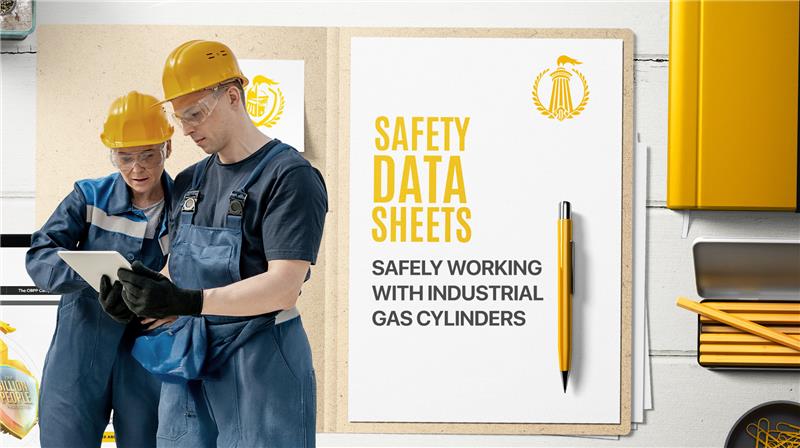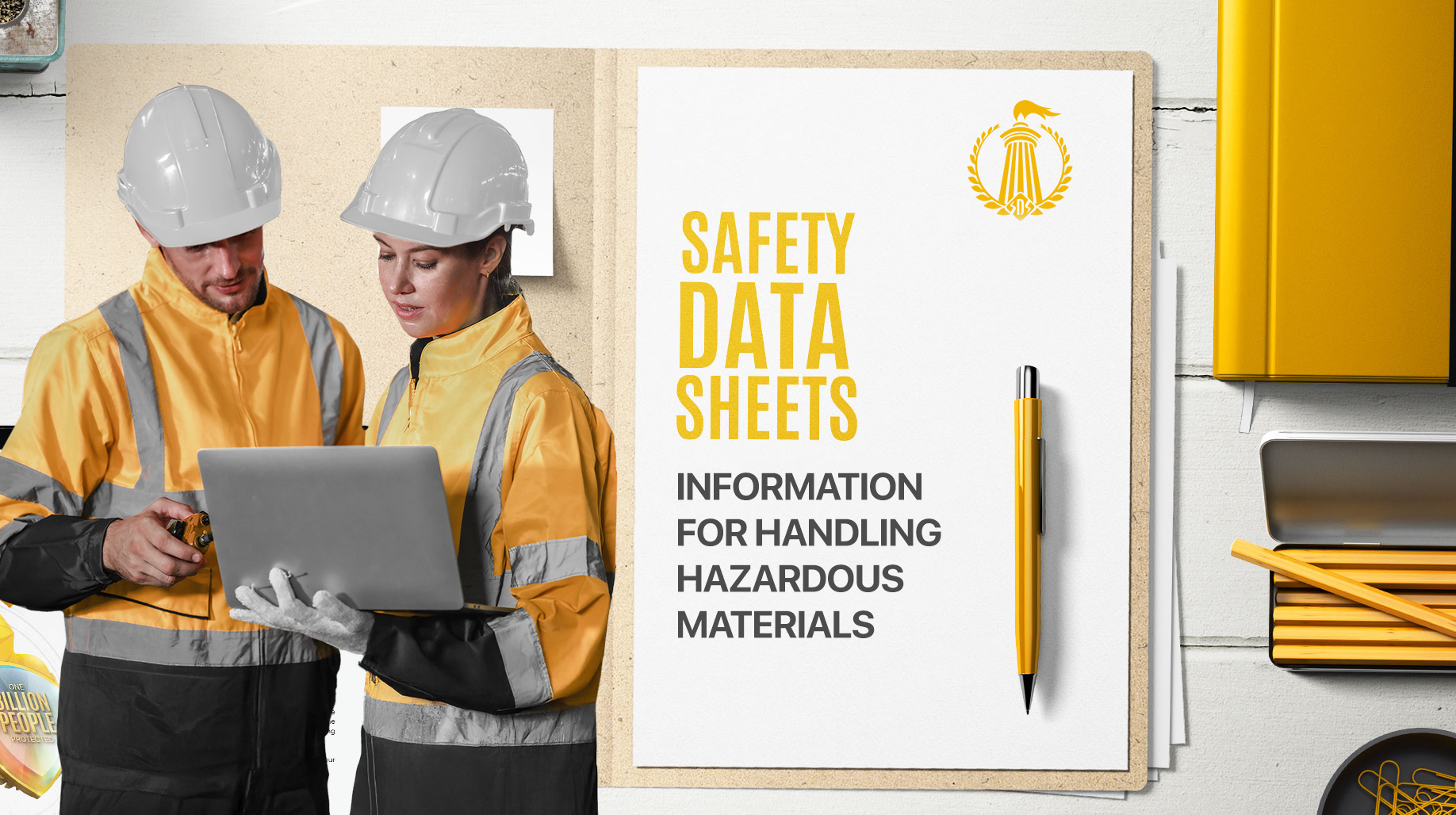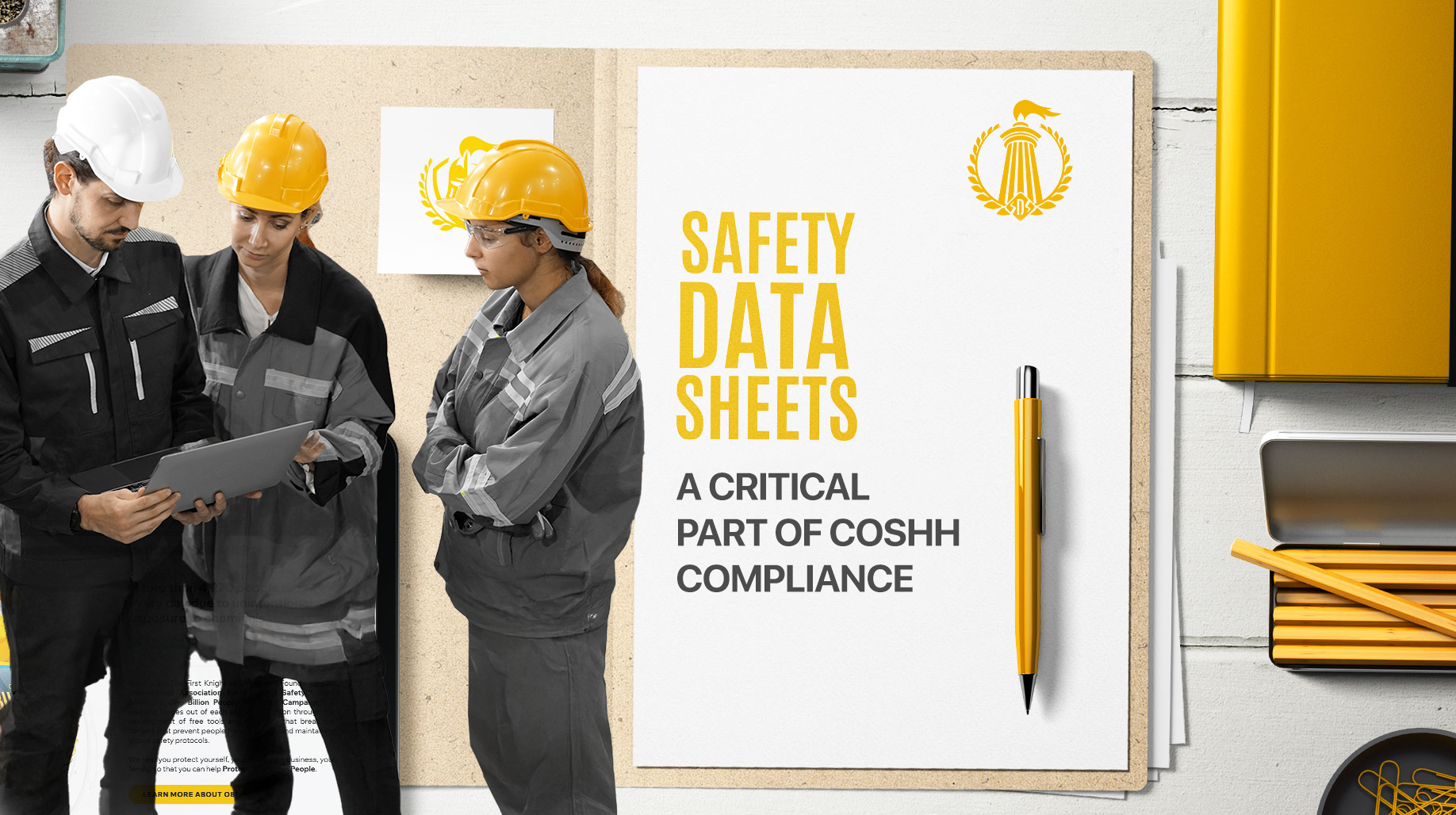
Industrial gas cylinders are essential in various industries, but they come with significant safety risks if not handled properly. This is why following the guidance outlined in their Safety Data Sheets (SDSs) is critical. Whether you're storing, transporting, or using these cylinders, understanding the safety protocols can mean the difference between smooth operations and hazardous incidents.
Here’s what you need to know to handle industrial gas cylinders safely.

Industrial gas cylinders are essential in various industries, but they come with significant safety risks if not handled properly. This is why following the guidance outlined in their Safety Data Sheets (SDSs) is critical. Whether you're storing, transporting, or using these cylinders, understanding the safety protocols can mean the difference between smooth operations and hazardous incidents.
Here’s what you need to know to handle industrial gas cylinders safely.
Wearing the right personal protective equipment (PPE) is non-negotiable when working with industrial gas cylinders. This typically includes:
Some gases may require additional precautions, such as flame-resistant clothing or specialized footwear. Always consult the SDS for the specific gas you’re handling to determine the exact PPE requirements.
Pro Tip: Never start work without reviewing the SDS—it’s your guide to understanding the risks and preparing for safe handling.
Proper storage and handling of gas cylinders are essential to prevent accidents. Here are the basics:
Storage Tips
Handling Tips
Remember: Mishandling gas cylinders can result in leaks, explosions, or other hazardous events. Take the time to follow proper procedures.
Before using an industrial gas cylinder, inspection is mandatory. Follow these steps:
If you discover any damage or leaks, do not use the cylinder. Instead, isolate it and contact your supplier for guidance or repairs.
The Safety Data Sheet (SDS) for industrial gas cylinders is your go-to resource for staying safe. It provides detailed information about:
By reviewing the SDS, you’ll gain the knowledge needed to prevent accidents and respond effectively if something goes wrong.
these best practices:
You’ll reduce the risks associated with hazardous gases and create a safer workplace for yourself and your team.
Thank you for taking the time to read our Safety Data Sheet blog! We hope that you have found the information helpful. If you're looking for more great content, we recommend starting with our blog on: 5 Considerations for Transferring Harsh Chemicals Safely. Make sure you check out our blog regularly for the latest news, tips, and resources. For an even easier way to stay up to date, follow us on Facebook and Twitter or share or like our blogs. We look forward to providing you with more valuable content soon!
At The Knights of Safety Ltd, we understand the challenges of staying compliant while managing hazardous materials. That’s why we offer a comprehensive Safety Data Sheet management service that’s:
Register for a free account today and see how we can help simplify your SDS management process. If you have questions call us at 0161 884 4156 or email us at contact@thechemicalsafetyassociation.org
A Safety Data Sheet (SDS) is a document that provides information on the properties of hazardous chemicals and how to safely handle, store, and dispose of them. Suppliers of chemicals must provide an SDS under the European Regulation on Classification, Labelling and Packaging of Substances and Mixtures (CLP Regulation).
An SDS includes information such as chemical identity, physical and health hazards, storage, precautions for safe handling, exposure control and personal protection, accidental release measures, and guidelines on safe disposal.
The supplier of hazardous chemicals is responsible for the accuracy of the information contained in the SDS.
The supplier must provide an SDS in accordance with the CLP Regulation in the UK. The SDS should be written in English, and must include all information on the hazardous chemical as required by the CLP Regulation.
Yes, suppliers who do not provide an SDS can be fined and/or prosecuted under the CLP Regulation in the UK.



2025 © Copyright International Safety Data Sheet Services
To continue, please log in or Register for your free account
To continue, please log in or Register for your free account